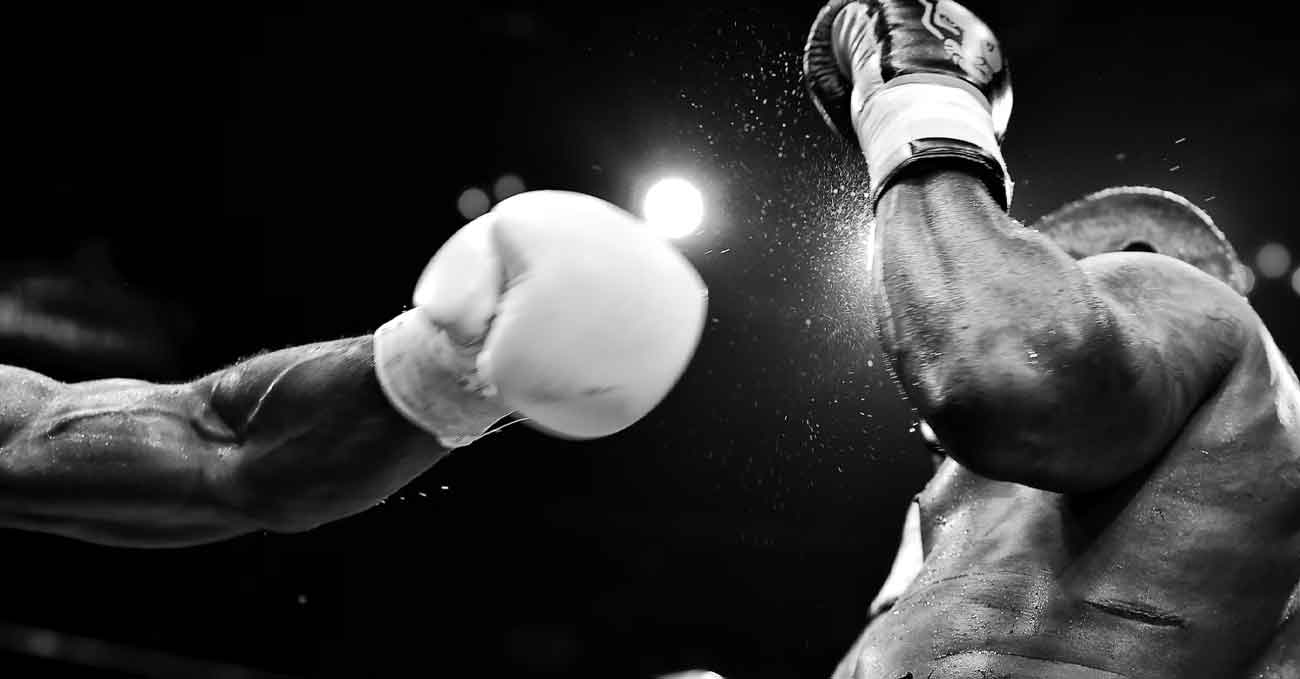
Understanding boxing odds is essential for anyone looking to bet with confidence. Unlike other sports, boxing offers a range of betting options and odds formats that can confuse even seasoned bettors. In this guide, you’ll learn how to read and interpret boxing odds, identify value, and make informed bets.
How Boxing Odds Work
Before you place a bet, you need to know how to read the odds. Most American sportsbooks use the moneyline format — the favorite is listed with a minus sign (–), while the underdog appears with a plus sign (+).
For example, if Canelo Álvarez is listed at –200, you would need to wager $200 to win $100. If his opponent is at +170, a $100 bet would win you $170. The numbers indicate not only potential returns but also the bookmaker’s view of the matchup.
These odds reflect public perception and the sportsbook’s margin, which can vary slightly depending on where you place your bet. That’s why it helps to compare sportsbook odds across platforms before deciding. Even a small difference in the line can impact your potential return—especially when betting with larger amounts.
Odds don’t just reflect probability; they also hint at the market’s perception of the match. So, learning to interpret sportsbook odds gives you insight into the fight and how the betting public and oddsmakers view it.
Key Types of Boxing Bets
Boxing offers more than just picking the winner. Several bet types allow you to find value in different aspects of the fight.
- Moneyline bets are the most straightforward. You’re choosing who wins the fight, regardless of how it ends. This is the most popular option, especially for casual bettors,
- Over/under rounds let you wager on how long the boxing fight will last. If the line is set at 8.5 rounds, and you bet the over, the fight must go past the halfway mark of the 9th round,
- Method of victory betting adds another layer. You predict how the fight ends—by knockout, technical knockout, decision, or disqualification. These bets offer higher payouts but carry more risk,
- Round betting lets you predict the exact round where the fight will end. This type is high-risk, high-reward, and often suited for bettors with deep knowledge of both fighters’ tendencies.
Finding Value in the Numbers
Successful bettors don’t just pick winners—they find mismatches between implied probabilities and real-world likelihoods.
Start by calculating the implied probability of the odds.
For favorites, the formula is: Implied probability = odds / (odds + 100)
For underdogs: Implied probability = 100 / (odds + 100)
If a fighter is –200, the implied probability is 66.67%. Ask yourself: does this fighter truly win two out of three times in this matchup?
Public betting can also skew lines. If a fan-favorite attracts bets regardless of value, the odds might shift enough to make the underdog a smart play. This is where disciplined bettors find their edge—by staying objective.
Bet Timing and Research
Boxing odds shift from the time lines open to fight night. Injuries, weight cut issues, or training camp rumors. Monitoring line movement helps you spot when a fighter becomes overvalued or the underdog offers more upside.
Consistent research gives you a better feel for whether the odds reflect reality or market momentum. Studying past fights, common opponents, and stylistic trends helps you anticipate how a matchup might play out.
Platforms like FanDuel Research offer detailed breakdowns of matches, from striking volume to defensive metrics. These insights make it easier to go beyond the surface and back your bets with data. Instead of relying on your gut feel, you’ll anchor your decisions on actual patterns and performance indicators.
Use that knowledge to your advantage. The more informed your perspective, the faster you’ll recognize when a line has drifted too far—or when the timing is right to jump in.
Bet Smarter, Not Just Bigger
Boxing odds are more than numbers—they’re signals. Learn to read them, question them, and act when the value is right. When you combine sharp analysis with strategic timing, you’re not just gambling but gaining an edge.